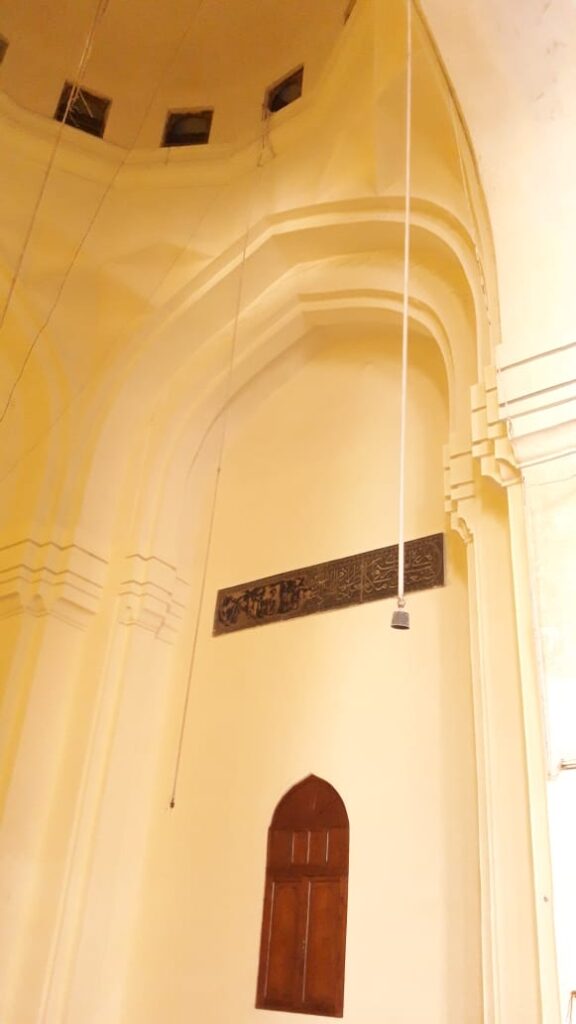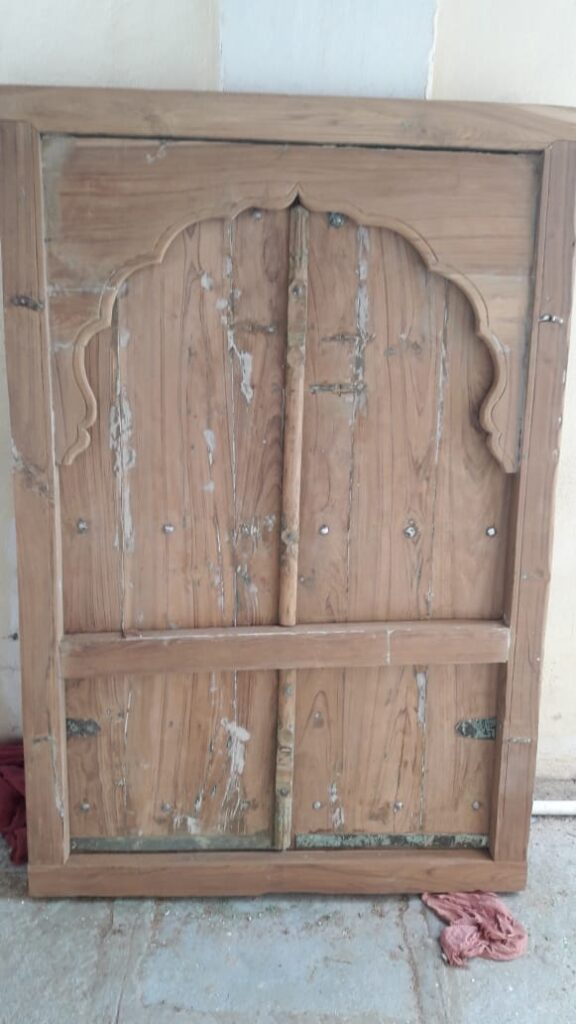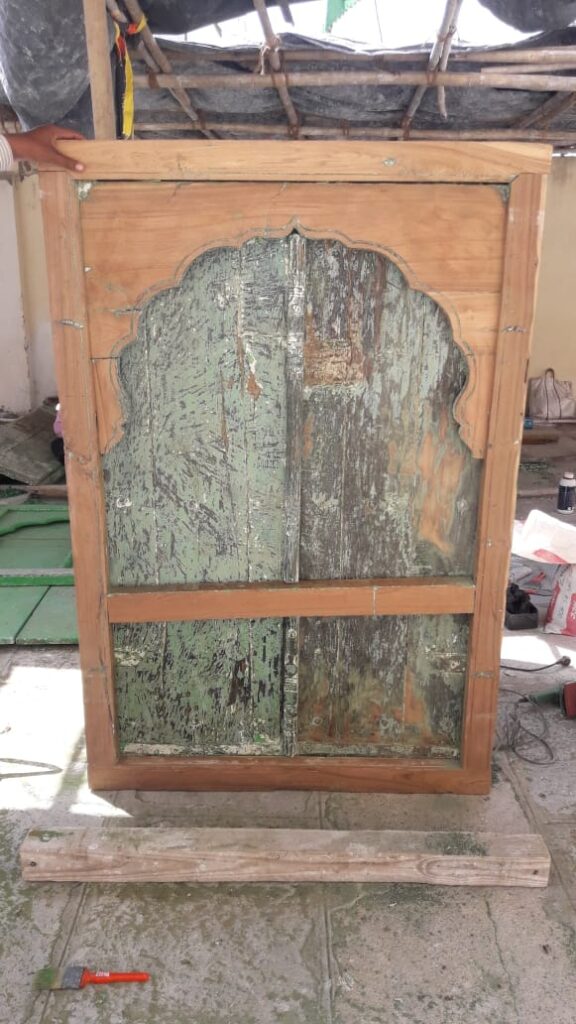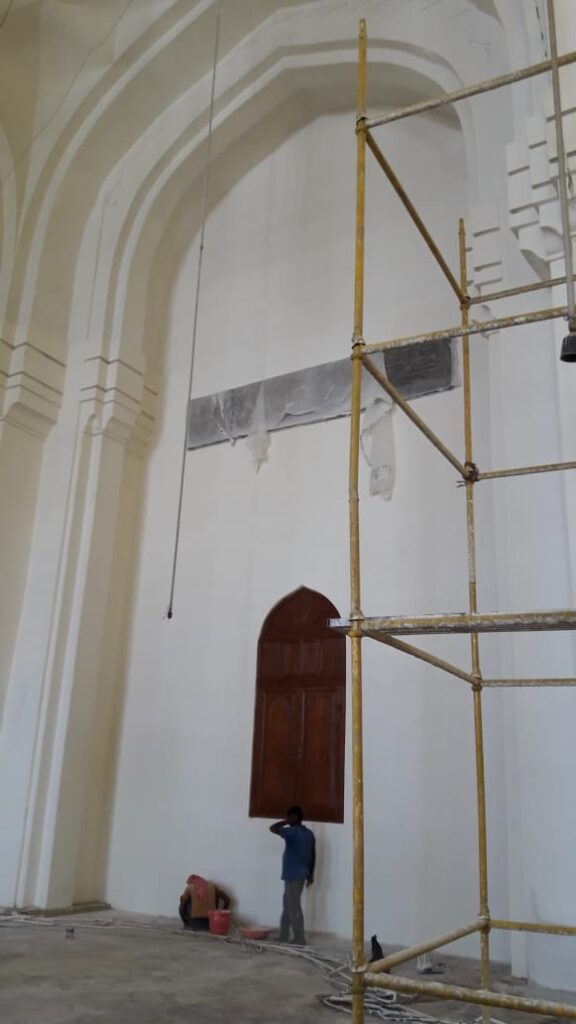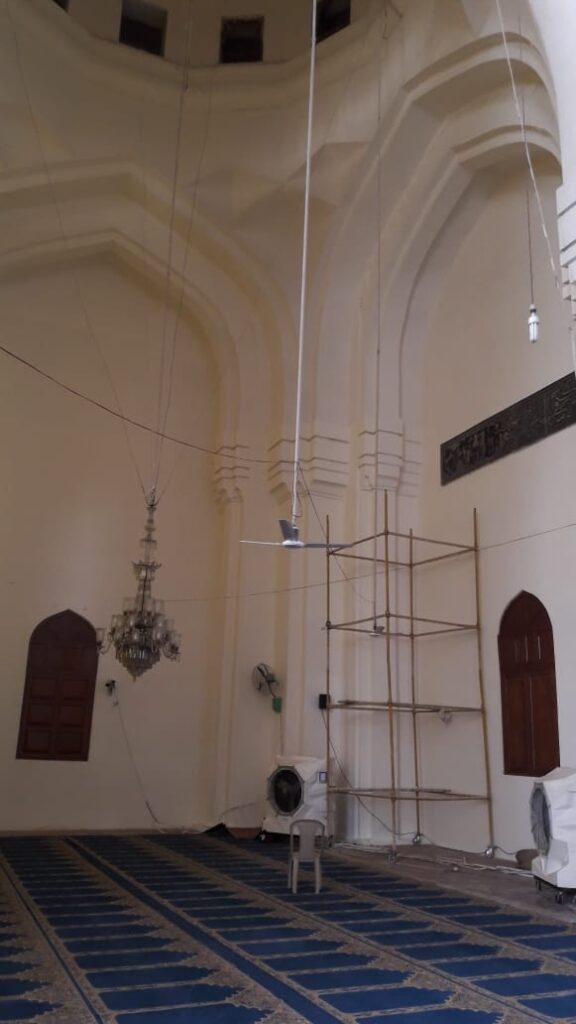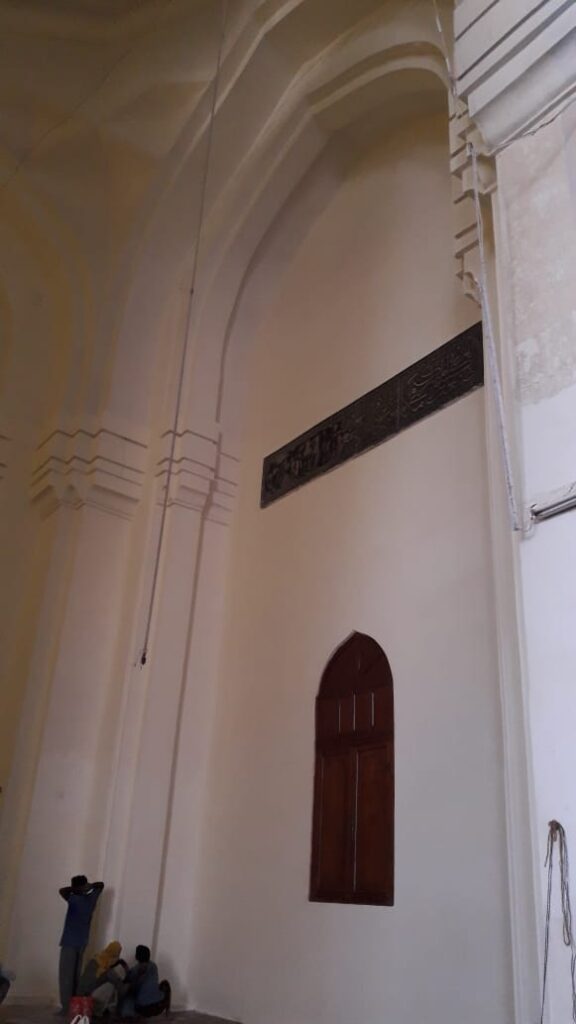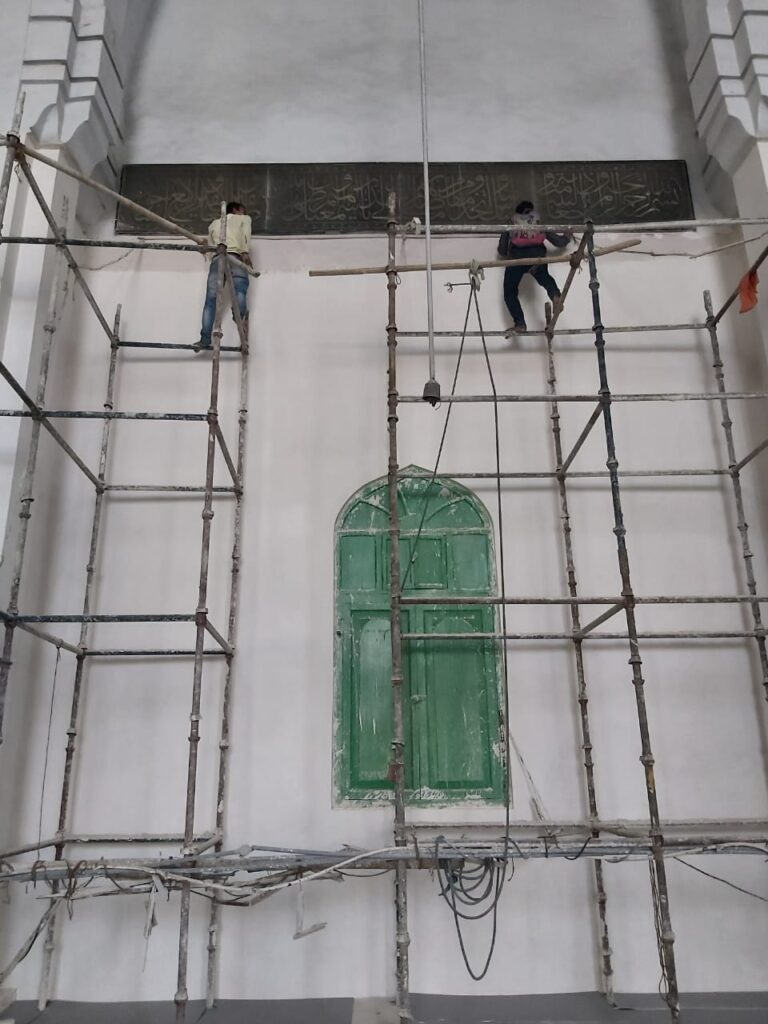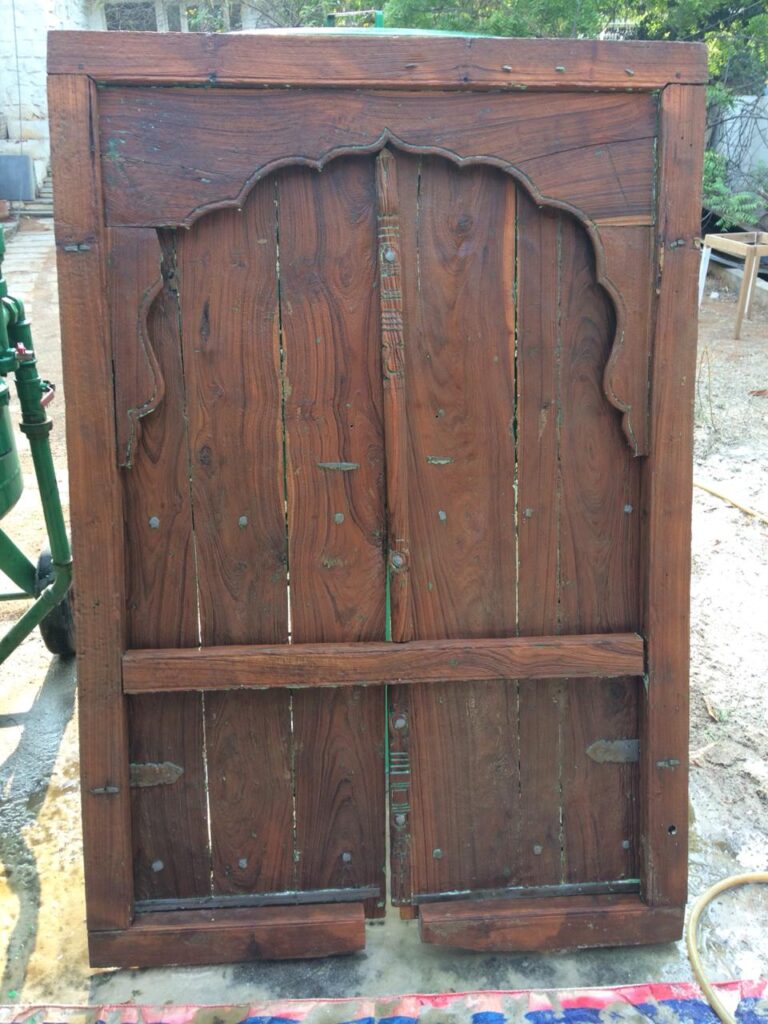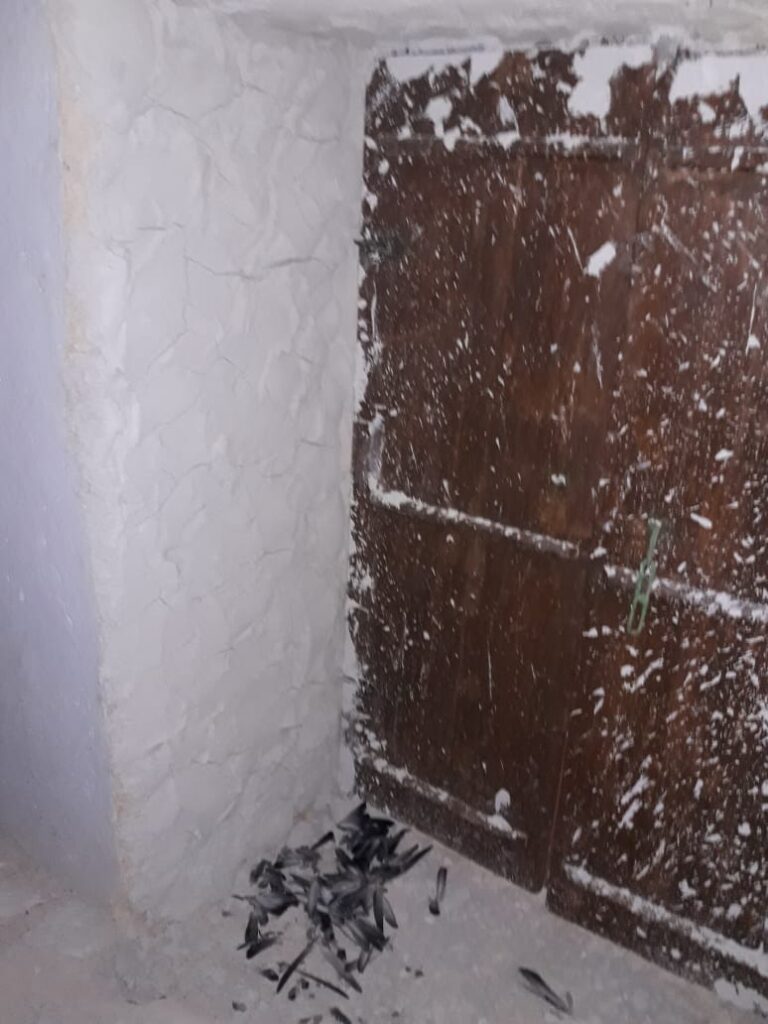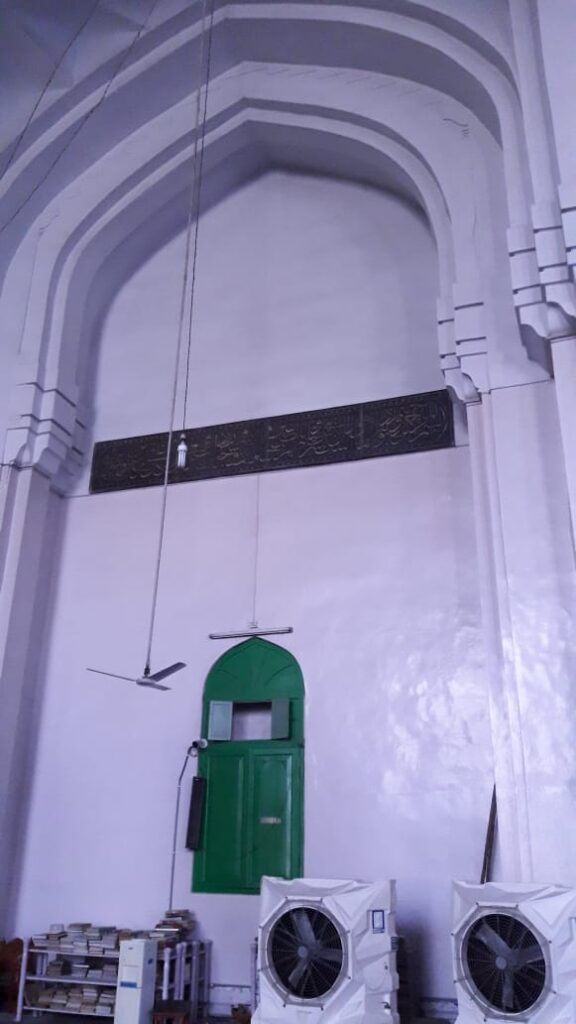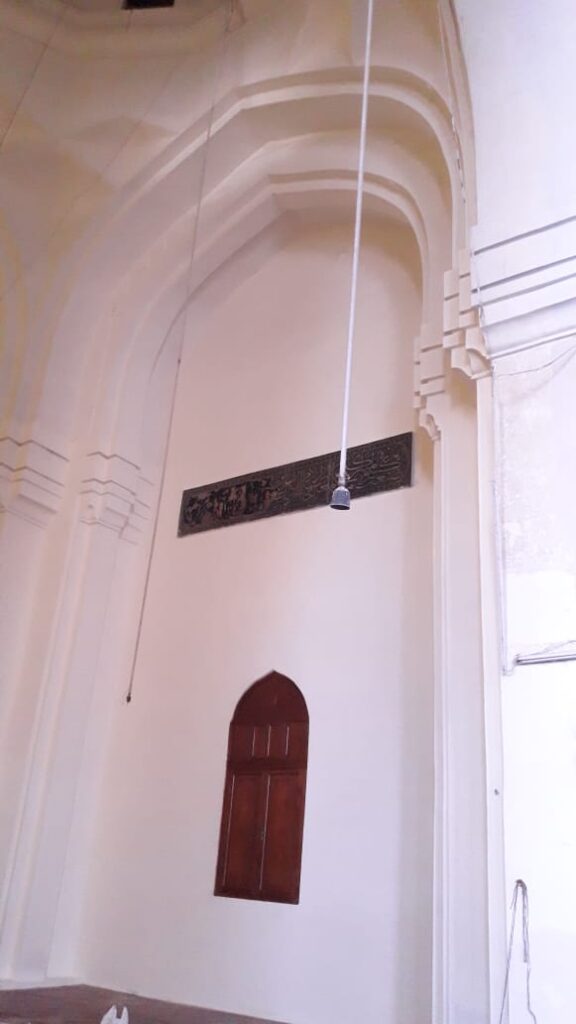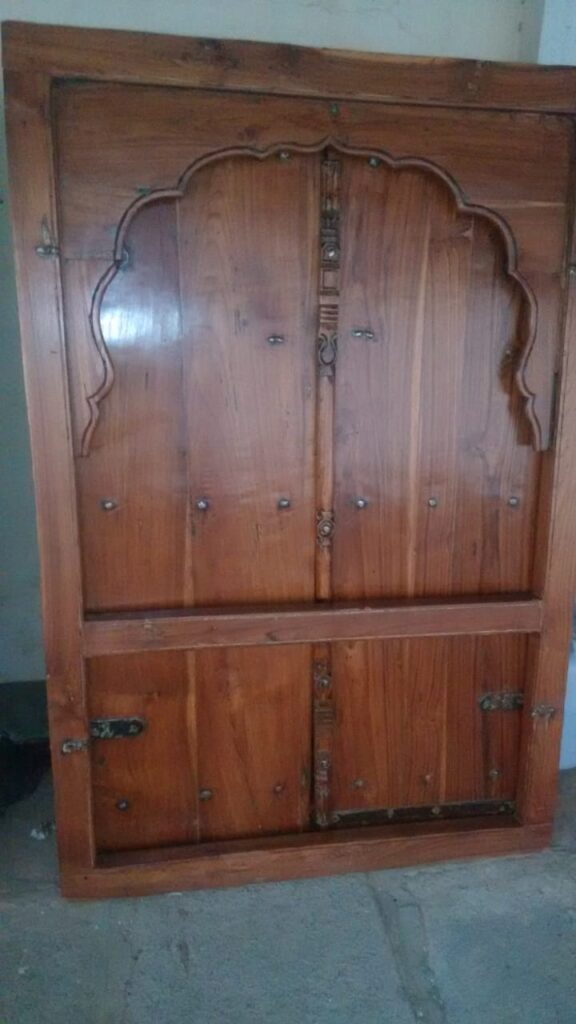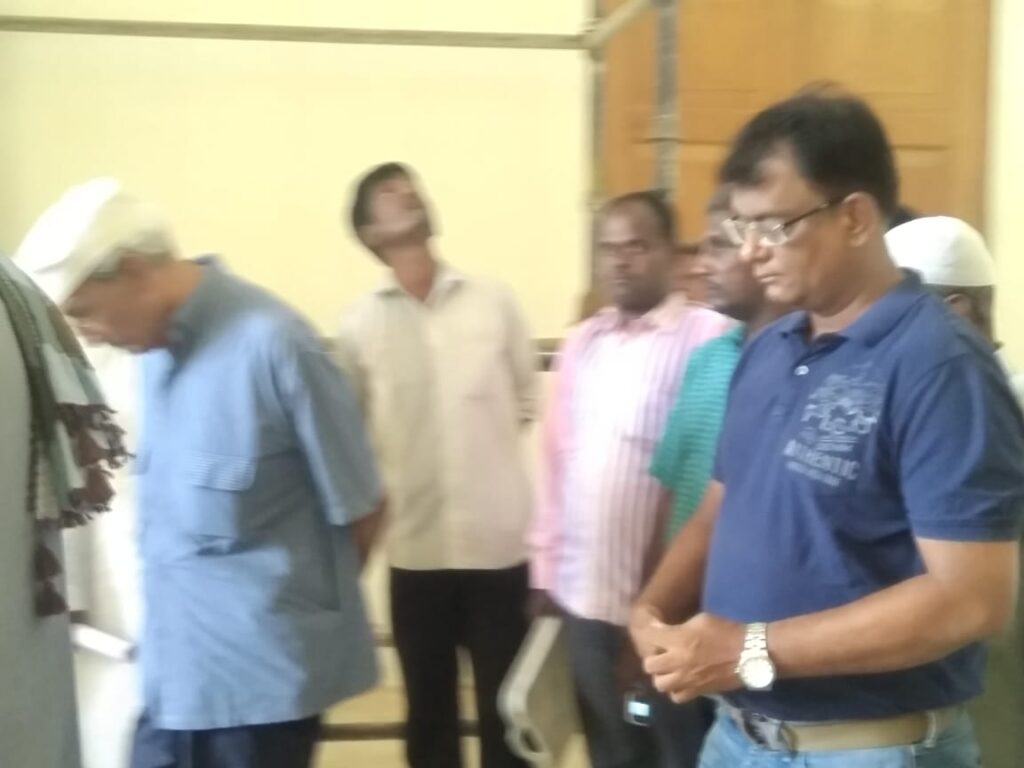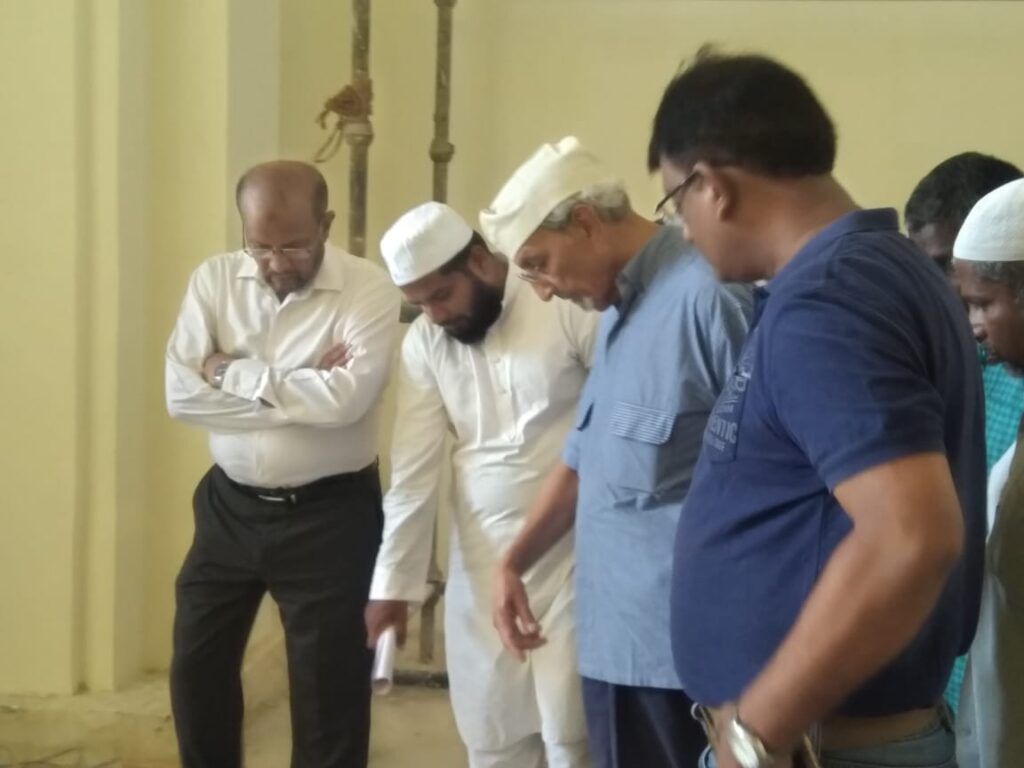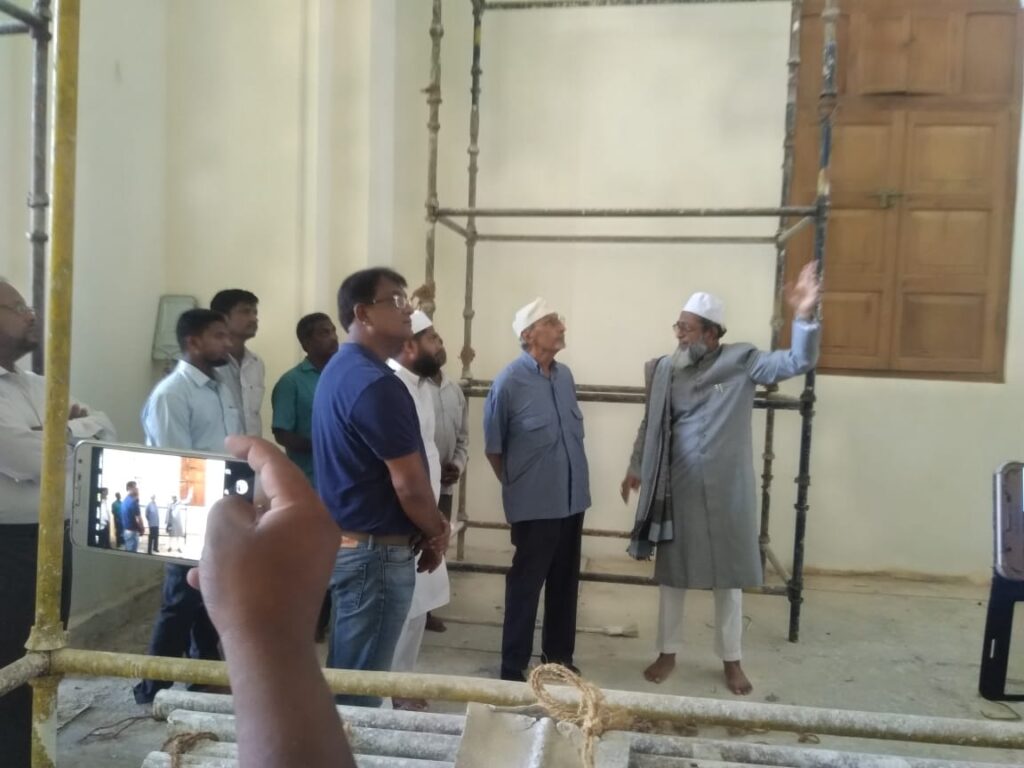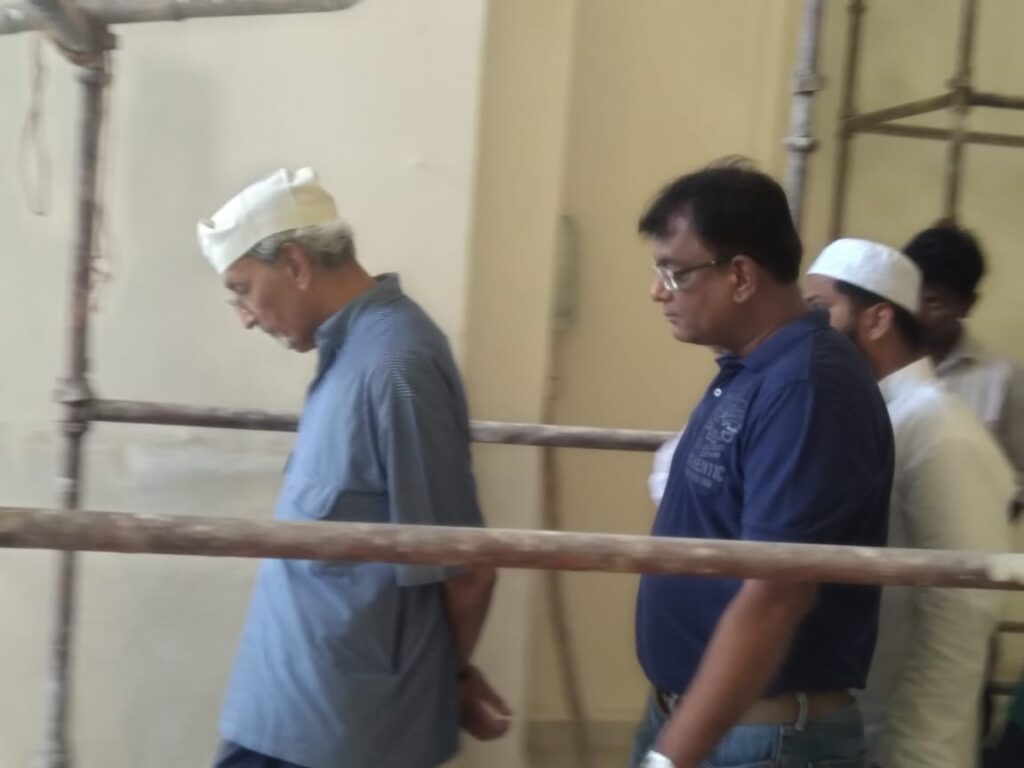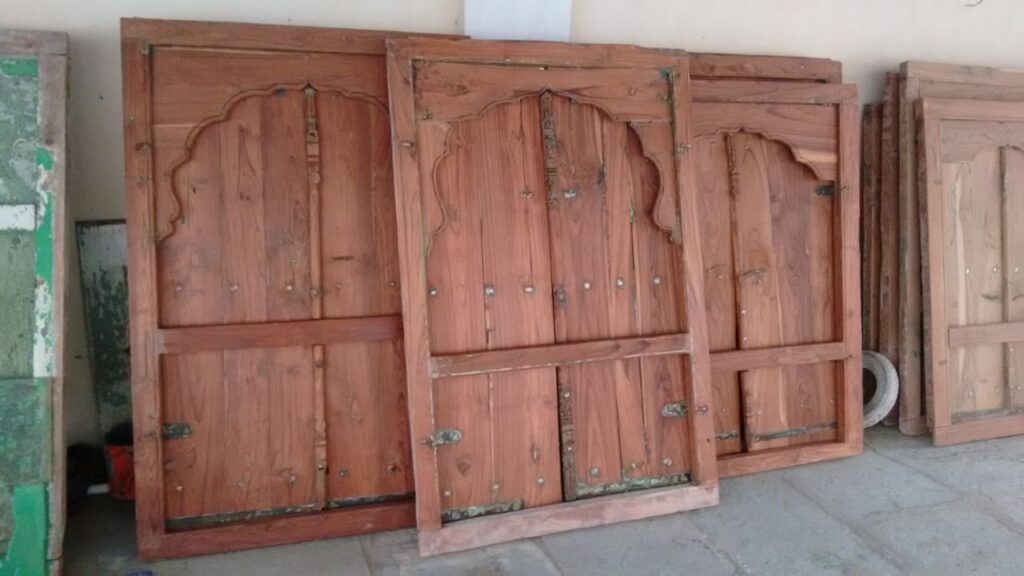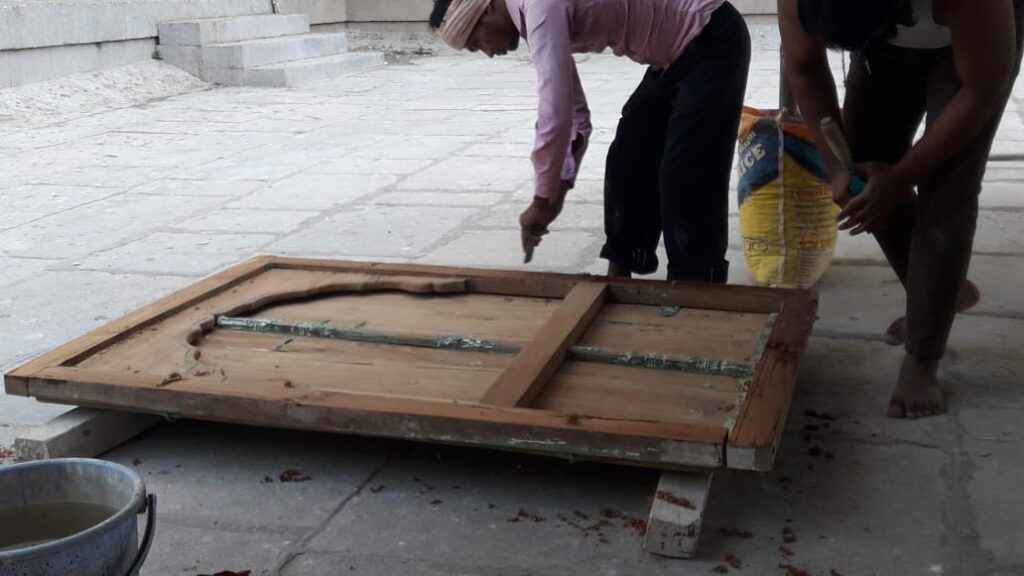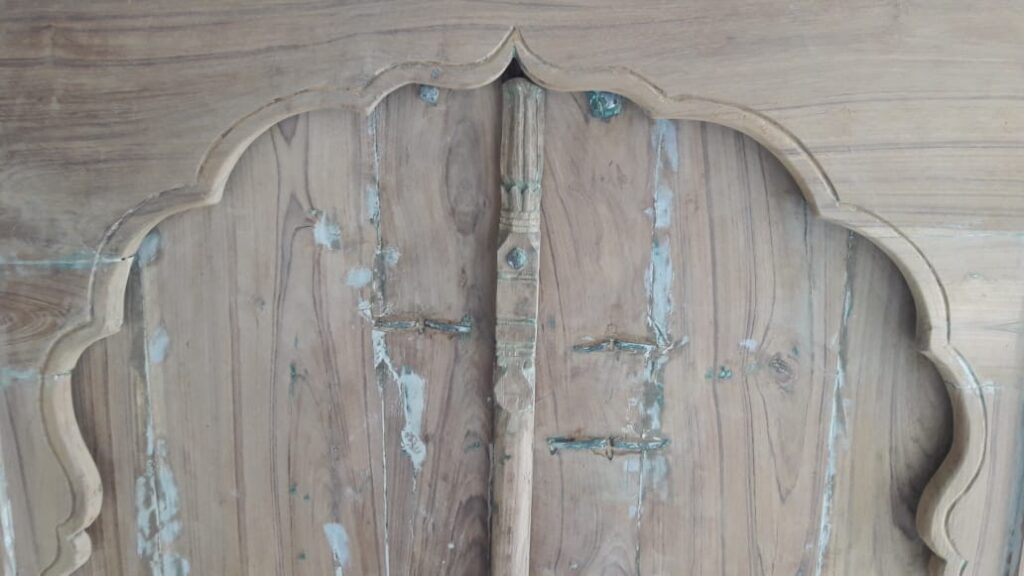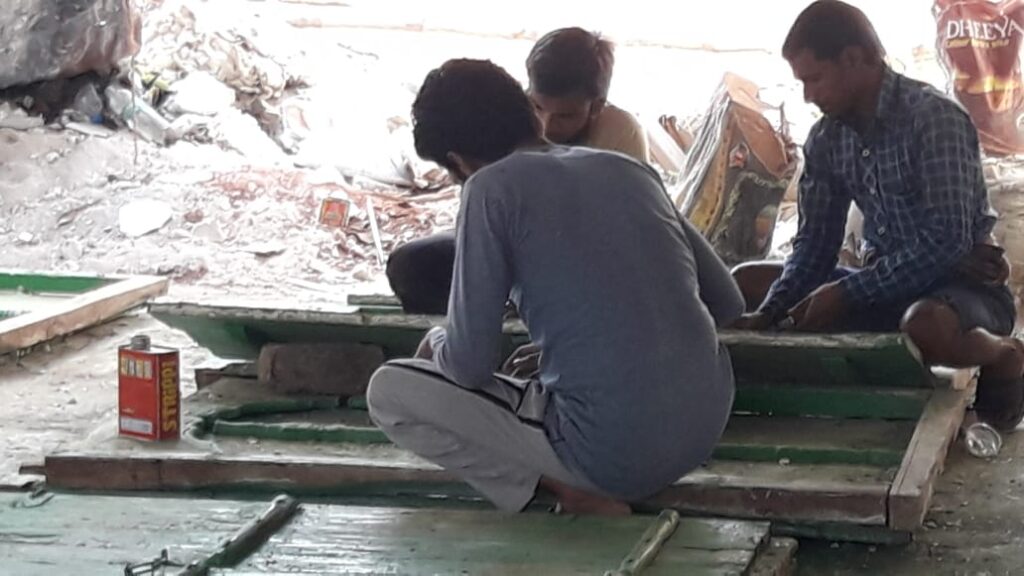Mecca Masjid
History
Makkah Masjid or Mecca Masjid, is a congregational mosque in Hyderabad, India. It is one of the largest mosques in India with a capacity of 10,000 people. The mosque was built during the 17th century, and is a state-protected monument. It serves as the primary mosque of Hyderabad. Muhammad Quli Qutub Shah, the sixth ruler of the Qutub Shahi dynasty, commissioned bricks to be made from the soil brought from Mecca, the holiest site of Islam, and used them in the construction of the central arch of the mosque, thus giving the mosque its name.
The Mecca Masjid is one of the best architectural works of the Qutub Shahis. It is constructed entirely of dressed stone, rather than rubble or plaster. The mosque's prayer hall measures 225 feet (69 m) by 180 feet (55 m) and has a 75 feet (23 m) high ceiling. The facade of the prayer hall features five open arches, and is flanked by two minarets. Each minaret is topped by a dome adjoined to an arcaded balcony lining either side of the prayer hall.
The courtyard of the mosque measures 108 square meters. It contains a sundial, as well as the remains of a hammam. Two minarets lie on either side of the main entrance to the mosque complex, towards the southern end of the mosque lies the marble tombs of the Asaf Jahi rulers and family members. The first ( Asaf Jah I) and the last (Asaf Jah VII). Marble tombs are housed in a rectangular, arched and canopied building, which was added in 1914 during the rule of Nawaab Mir Osman Ali Khan, The last Asaf Jahi ruler.
At both ends of resting place for the Asaf Jahi dynasty are two rectangular blocks with four minarets each. These minarets have elegant and circular balconies with low ornamental walls and arches. Above them is an octagonal inverted platter from which the rest of the minarets soar until arrested by a dome and a spire.
The Mecca Masjid is one of the best architectural works of the Qutub Shahis. It is constructed entirely of dressed stone, rather than rubble or plaster. The mosque's prayer hall measures 225 feet (69 m) by 180 feet (55 m) and has a 75 feet (23 m) high ceiling. The facade of the prayer hall features five open arches, and is flanked by two minarets. Each minaret is topped by a dome adjoined to an arcaded balcony lining either side of the prayer hall.
The courtyard of the mosque measures 108 square meters. It contains a sundial, as well as the remains of a hammam. Two minarets lie on either side of the main entrance to the mosque complex, towards the southern end of the mosque lies the marble tombs of the Asaf Jahi rulers and family members. The first ( Asaf Jah I) and the last (Asaf Jah VII). Marble tombs are housed in a rectangular, arched and canopied building, which was added in 1914 during the rule of Nawaab Mir Osman Ali Khan, The last Asaf Jahi ruler.
At both ends of resting place for the Asaf Jahi dynasty are two rectangular blocks with four minarets each. These minarets have elegant and circular balconies with low ornamental walls and arches. Above them is an octagonal inverted platter from which the rest of the minarets soar until arrested by a dome and a spire.
Restoration
Deccan Terrain was part of restoration with other contractors and was entrusted to remove deteriorated lime plaster and stucco design in walls and ceilings of left side three domes, and the wooden windows restoration at the labyrinth floor, wooden windows are supposed to be over 150 years old, or may be older than that, considering the built quality, flanges, knobs, joints and hinges system, there is no formal record available for the same in archives.
It was an honor to have Prince Muffaqam Jah, son of Azam Jah, grandson of Mahboob Ali Khan Bahadur, 6th ruler of The Erstwhile State of Hyderabad, himself visiting Mecca Masjid and appraising restoration detailing done by Deccan Terrain Heritage team.
It was an honor to have Prince Muffaqam Jah, son of Azam Jah, grandson of Mahboob Ali Khan Bahadur, 6th ruler of The Erstwhile State of Hyderabad, himself visiting Mecca Masjid and appraising restoration detailing done by Deccan Terrain Heritage team.
•Restoration involved carefully
removal of loose and
deteriorated lime plaster
•Grouting stone wall
•Lime plaster in three coats of
lime ranging from 75mm to
130mm depending on the
requirement of plum level
•Careful removal of lime and
other foreign material paint
from stucco work in the ceiling
at about 80 feet height.
•Lime Repairs and patch work at
the ceiling stucco and along the
arch lining
•Removal of wooden windows
•Removal of multi-layer of paint
and lime coats with hand using
paint strippers and other non-
abrasive applications
•Smoothing of wooden surface
•Repair of corners and small
broken wood pieces
•Iron Gomery of missing and
broken hinges and other
handmade iron parts of the
window
removal of loose and
deteriorated lime plaster
•Grouting stone wall
•Lime plaster in three coats of
lime ranging from 75mm to
130mm depending on the
requirement of plum level
•Careful removal of lime and
other foreign material paint
from stucco work in the ceiling
at about 80 feet height.
•Lime Repairs and patch work at
the ceiling stucco and along the
arch lining
•Removal of wooden windows
•Removal of multi-layer of paint
and lime coats with hand using
paint strippers and other non-
abrasive applications
•Smoothing of wooden surface
•Repair of corners and small
broken wood pieces
•Iron Gomery of missing and
broken hinges and other
handmade iron parts of the
window

